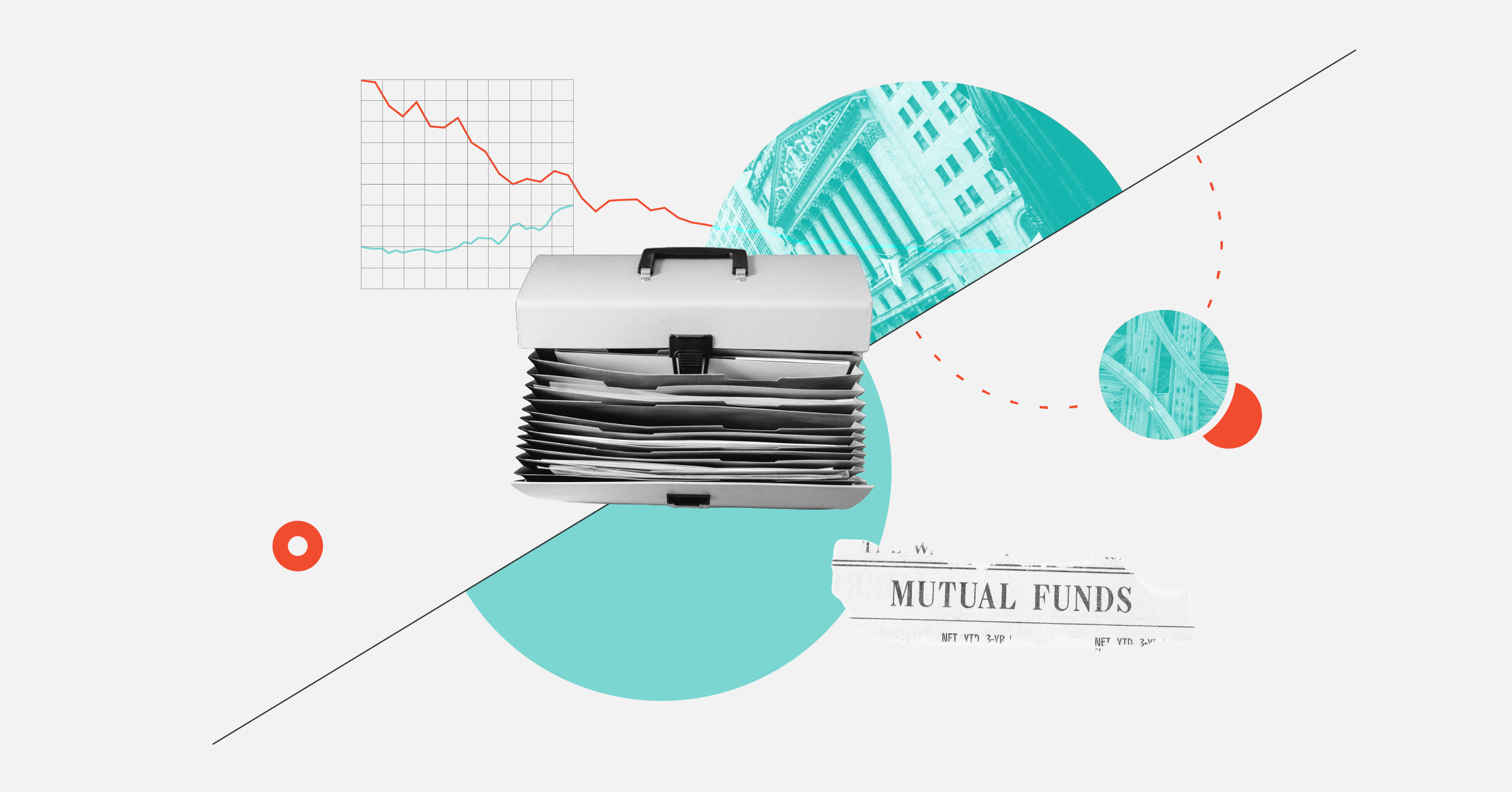
Your perception of stock investing may involve highly caffeinated, frantic individuals sweating in front of a half dozen computer screens packed with the latest speculation from Reddit and CNBC.
Feel free to dump these images from your mind, because solid stock investing is not about trading as fast as humanly possible or getting the most up-to-the-second information. Though some professionals make their living by creating a liquid market for stocks, actively "day trading" is simply not how most good investing is done by individuals.
Rather, at Morningstar, we take an owner-oriented approach to stock investing. What does that mean? We think that when investors buy stocks, they're buying more than tickers or stories—they're buying a part of a company.
That's why it's important to look beyond a company's brief boom or recent hype and understand its fundamentals before purchasing shares.
Our approach to stock investing boils down to three principles:
1. Having an intimate knowledge of the company's sustainable competitive advantages;
2. Determining the value of its shares, and;
3. Only buying the stock when there's a significant margin of safety in doing so.
Let's unpack that a bit.
In the articles below, we describe the data points that Morningstar analysts use to help you sort out which stocks meet our criteria and share how you can use this information in your portfolio.
Morningstar's Guide to Stock Investing
How to Think Like a Stock Analyst
Four questions to help you understand how Morningstar equity analysts view the world
How to to Measure a Company's Competitive Advantage
The Morningstar Economic Moat Rating evaluates a firm's competitive advantage. Here's what that means for your investments
How to Determine What a Stock is Worth
Morningstar's fair value estimate uses a discounted cash flow model to determine what stock is worth today
How to Measure a Stock's Uncertainty
Morningstar's Uncertainty Rating helps investors understand the risk associated with an investment and how that may influence a decision to buy
How to Determine Whether a Stock is Cheap, Expensive, or Fairly Valued
The Morningstar Rating for stocks guages how a stock's price compares with what our analysts think it's worth
Why a Company's Management and Capital Allocation Matter
How Morningstar stock analysts consider management efficiency
1) How to Evaluate a Company's Competitive Advantages
The first question to ask yourself when investing in a stock is: how much of a competitive edge does this company have?
Investors should focus their attention on companies that have strong competitive advantages since these are the companies that will create value for themselves and their shareholders over the long haul.
We use the Morningstar Economic Moat Rating to capture our perspective on which companies have this edge. To depict how likely a company is to keep rivals at bay, we assign companies one of the following three moat ratings:
1. A wide moat describes a company whose competitive advantage we expect to last more than 20 years.
2. A narrow moat describes a company that we think can fend off rivals for up to 10 years.
3. No moat describes a company that we think has no advantage or whose advantage we think will quickly dissipate.
Investors should focus on wide-moat companies, which are best positioned to effectively fend off competitors and earn high returns on capital for years to come.
Dig into what makes an economic moat—and what they mean for your investments
2) How to Determine the Value of a Company's Shares
For the second principle—determining the value of a stock—we look to the fair value estimate. This is the amount that Morningstar analysts think a company's shares are worth (that is, what investors should reasonably pay for the stock), which investors can use to determine whether a stock is a good deal.
Let's say a company holds a fair value estimate of C$100. If it's trading at a price of C$90, it's "undervalued," and investors may want to consider buying. But if it's trading at C$110, it's "overvalued," and investors should probably hold off on buying. A stock being overvalued doesn't mean it's not a good stock to own—it just means it's not the right time to buy it.
Our analysts look beyond fleeting metrics, such as a company's recent earnings or any stock price momentum. Rather, they calculate these fair value estimates based on how much cash they think a company will generate in the future.
Susan Dziubinski unpacks how we determine what a stock is worth
3) How to Measure a Company's Margin of Safety
Our analysts also assign stocks a Morningstar Uncertainty Rating to describe how certain they are about the fair value estimate, and thus how undervalued a stock should be to justify a recommendation to buy.
If a company is extremely exposed to risks such as unpredictable sales or natural disasters, an analyst may not have as much certainty about its future. We quantify this uncertainty by assigning stocks one of five Uncertainty Ratings: Low, Medium, High, Very High, and Extreme.
The level of uncertainty facing a company determines how much of a discount you'd want on a stock purchase—known as the margin of safety—to ensure you get your money's worth.
For example, Morningstar analysts say that if a company's uncertainty is low, its stock price should be 95% of its fair value estimate to justify a recommended buy. Consider the company above with a fair value estimate of C$100. If that company has a Low Uncertainty Rating, its price would have to be C$95 or below for an analyst to recommend buying. But if the company was exposed to extreme uncertainty, analysts would want it to be trading at 50% of its fair value estimate—or a price of C$50—to justify a recommendation to buy.
How to understand the uncertainty associated with an investment
Use These Metrics to Understand the Price of a Stock
Put these data points together and you have the Morningstar Rating for stocks, also known as the star rating. This rating conveys whether a stock is currently cheap, expensive, or fairly priced.
Morningstar analysts start by comparing a stock's fair value estimate to its current trading price (to determine its price/fair value estimate) and then take the Uncertainty Rating into account.
From there, they assign a stock 1 to 5 stars, which communicates to investors if the stock is currently a buy:
• 4 or 5 stars: Undervalued, and trading at a discounted price to its fair value estimate
• 3 stars: Fairly valued, and trading at a price that's right around its fair value estimate
• 1 or 2 stars: Overvalued, and trading at a price that's above its fair value estimate
We typically highlight that investors should primarily focus on 4- or 5-star stocks, and occasionally 3-star stocks.
Use the Morningstar Rating for stocks to gauge if a stock can be considered a buy
Use the Morningstar Framework in Your Own Strategy
Investors can use these data points to determine which stocks may be a good idea to buy, sell, hold, or ignore. But it's not as straightforward as "See a 5-star stock, buy."
You should always assess how the stocks you're considering would fit into your portfolio strategy and help you work toward your goals.
It's also important to note that stocks should not constitute the entirety of your portfolio. You can use Morningstar's Role in Portfolio framework to determine the percentage of your portfolio you should allocate to each investment type and the time horizon over which you should plan to hold that investment. In general, Morningstar recommends putting no more than 5% of your portfolio toward any individual stock.
For weekly insights into how Morningstar thinks about stocks and the markets, new Morningstar research, and some fresh stock ideas to consider, watch The Morning Filter.




















